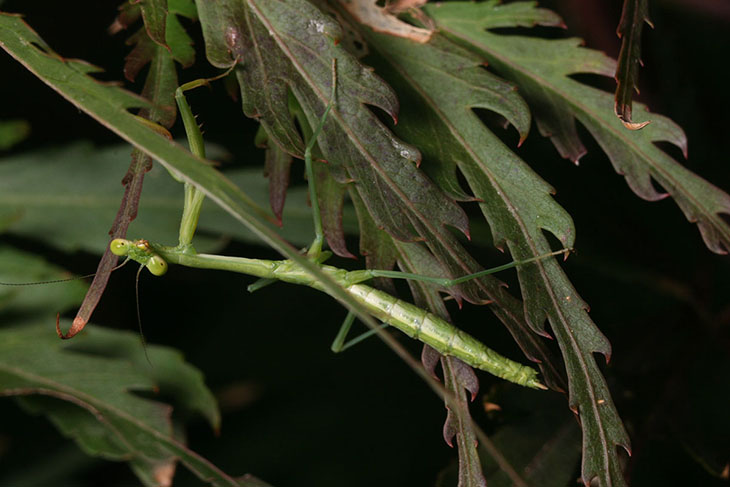 So, I commented not long ago about the almond tree we transplanted, which had been getting savaged by deer at the old place – they would come by every few weeks and strip half the leaves from it, returning when it had recovered. Here at the new house, it had escaped such attentions. For a while.
So, I commented not long ago about the almond tree we transplanted, which had been getting savaged by deer at the old place – they would come by every few weeks and strip half the leaves from it, returning when it had recovered. Here at the new house, it had escaped such attentions. For a while.
The Girlfriend opened the front door early one morning to come face-to-face with a young buck standing in the front yard about three meters from the door. By the time I got there it had moved on, so no pics yet, but an examination of the yard showed no damage to the almond tree, though some of the daylilies appeared to have been stripped of blooms.
A few days later, this was pretty much confirmed: something was taking off the blooms overnight, and we have to assume it’s the deer. However, after one such visit, the Chinese mantis that I’ve been following was nowhere to be found, and as of this writing, this remains the case. Deer aren’t really insectivorous in any way, but like any herbivore, whatever happens to be on the plants they seize is not filtered out in any way, and since the lilies were a favorite haunt of the mantis, we’re considering it a casualty of the visiting deer. Mantids are often pretty good about leaping away from danger, but they also count on their camouflage and remaining still, so we suspect this one simply didn’t register its peril in time.
If you’re wondering why I’m talking about the mantis while showing a photo of a katydid nymph, it just means you didn’t note the background closely. I’m pleased with how this image came out, just the right amount of extremely subtle menace. The nymph, by the way, escaped – it jumped to a neighboring blossom without notice from the mantis, which continued to watch the same spot for a short while afterward. Here, I was hoping to capture a capture, but it was not to be this time, or perhaps, any time for my former photo subject.
Yet the other day, back on the nearby Japanese maple tree, I found a possible understudy.

I consider this a little curious, because this one is less than a third the mass of my previous model. Mantids only create a single egg case per year to my knowledge, which hatches out in the early spring, so I would have presumed this one had hatched at the same time as the other. So, was a radical difference in obtaining food responsible for the size disparity? Or is this even another species, one that hatched later or is significantly smaller than the sizable Chinese mantises? I’m going to keep watching and see what happens.
 The almond tree hasn’t fully escaped the attention of the deer. As seen here, it’s gotten cropped just a little in several places, even though the deer seems to greatly favor the lilies; you can still see new green leaves in the background. The tree’s only about a meter tall at this point and not terribly fast growing – we won’t be harvesting our own almonds anytime soon. I’m pretty laissez-faire about what animals get up to – this is how nature works, and I’m not going to improve on it – but the deer are starting to frustrate me. The almond tree was a bit of serendipity, having sprouted spontaneously in our compost pile, but messing with my photographic models is not cool.
The almond tree hasn’t fully escaped the attention of the deer. As seen here, it’s gotten cropped just a little in several places, even though the deer seems to greatly favor the lilies; you can still see new green leaves in the background. The tree’s only about a meter tall at this point and not terribly fast growing – we won’t be harvesting our own almonds anytime soon. I’m pretty laissez-faire about what animals get up to – this is how nature works, and I’m not going to improve on it – but the deer are starting to frustrate me. The almond tree was a bit of serendipity, having sprouted spontaneously in our compost pile, but messing with my photographic models is not cool.



















































